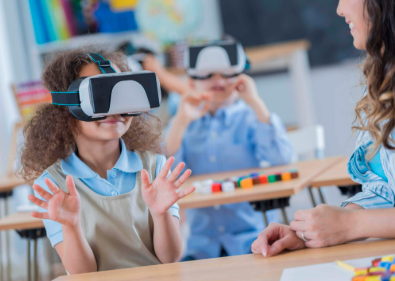Gamification has become a powerful method for transforming online education. By integrating game-like elements such as points, leaderboards, badges, and progress tracking into digital learning platforms, educators can boost student engagement and motivation. Rather than turning education into a competition, gamification adds an element of fun and encourages consistent participation and improvement.
Makes Learning More Engaging
One of the key benefits of gamification is that it makes lessons more interactive. Students are more likely to stay focused and retain information when learning feels rewarding and active. Points, progress bars, and achievement levels provide immediate feedback, encouraging students to keep going.
Builds Motivation Through Rewards
Gamified features like badges or unlockable content tap into learners’ intrinsic motivation. Instead of feeling like they’re completing a chore, students enjoy working toward goals. This sense of achievement helps create a positive learning habit that supports long-term academic growth.
Encourages Consistent Participation
Gamification can help learners stay on track, especially in self-paced courses. Progress markers and daily challenges give users a reason to return regularly, which strengthens retention and promotes better time management.
Supports Different Learning Styles
Not all students learn the same way. Gamification caters to visual, kinesthetic, and competitive learners by offering multimedia elements and goal-oriented tasks. This flexibility makes it easier for more students to enjoy and succeed in an online learning environment.
Fosters a Growth Mindset
When learners see that effort leads to rewards and progress, they begin to adopt a growth mindset. Mistakes become opportunities for improvement rather than signs of failure. This attitude shift can be especially helpful in building confidence among learners of all ages.
Promotes Social Learning
Some gamified platforms include features like team tasks, virtual classrooms, or discussion forums tied to achievements. These elements encourage collaboration and peer support, making online education feel more connected and community-driven.
Easy to Track and Personalize
Educators and course creators can use gamification tools to monitor student progress more effectively. This data can help personalize learning paths, identify where students need help, and celebrate milestones in a more customized way.
Conclusion
Gamification is more than just adding games to lessons—it’s about using proven design principles to make learning more engaging, motivating, and effective. When used thoughtfully, it can transform how students experience online education, making it more fun and rewarding for everyone involved.














